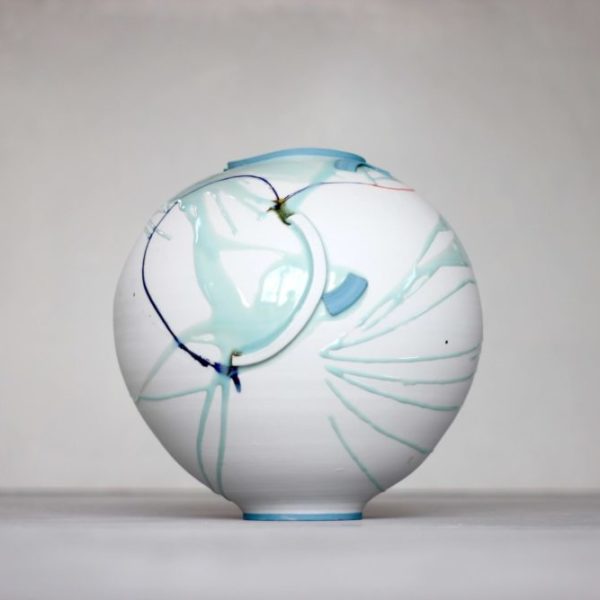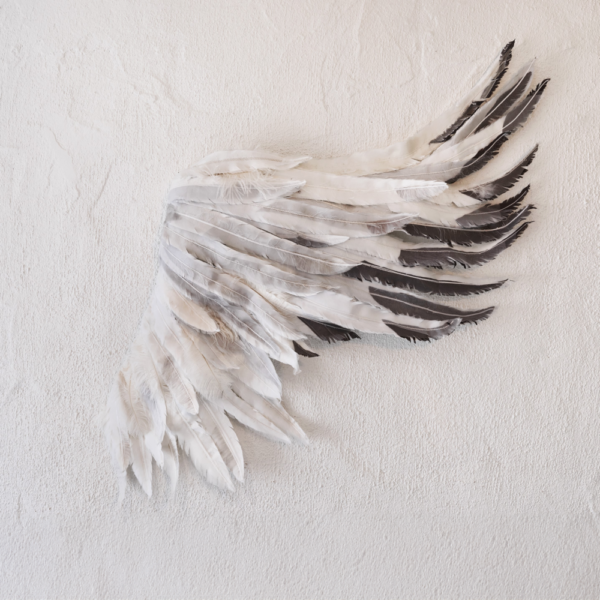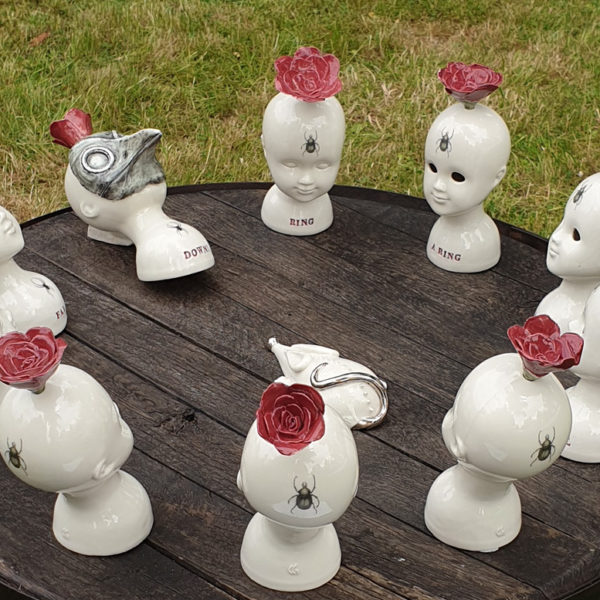Artist Bio
Sam Gleeson is a bladesmith; he creates knives as contemporary tools to be used in the professional kitchen and the home to prepare meals, to be enjoyed for their creativity as well as their purpose.
The craft of bladesmithing includes metalworking techniques similar to those used by blacksmiths, woodworking for handles and sheathes and leatherworking for rolls or cases. The process is elemental – earth for the ore, air to fuel the forge, fire to heat the steel and water to quench the blade; being able to work at such a base understanding in the modern age is inspiring in itself.
Sam is motivated by materials and the story they hold – giving new purpose to found and recycled steels and incorporate them into his work using centuries old forge-welding techniques to blend and twist them together. High carbon steels sandwiched between found gems; wrought iron cart wheels, whiskey barrel straps, limbs from long forgotten orchards, 300 year old storm-damaged trees from Irish Estate Houses or bog found relics of mellenia old forests brought back to life.
Sam has arrived at creating an individual expression of a common tool.





